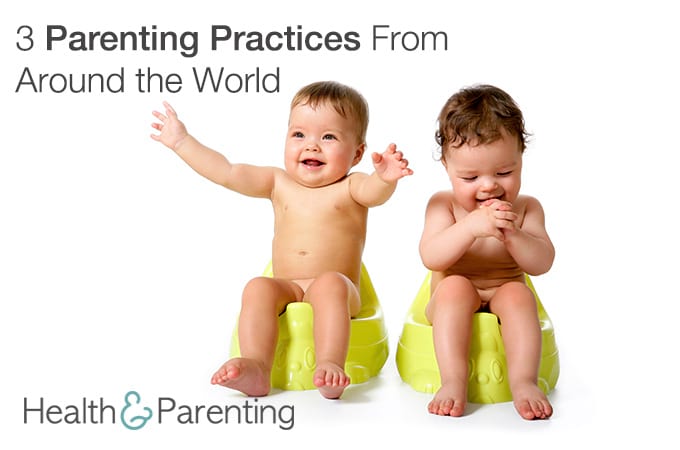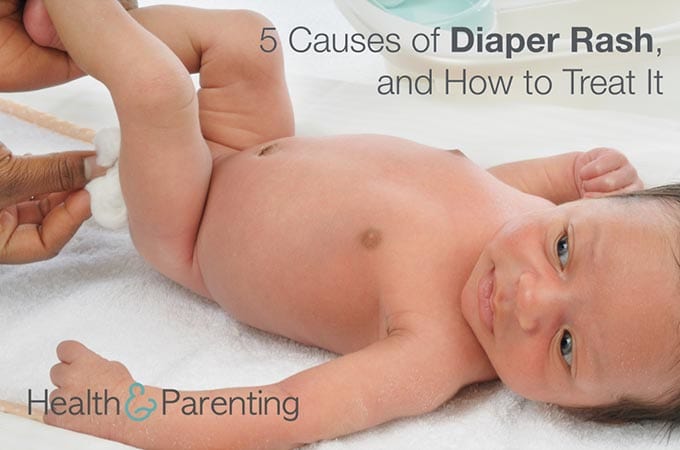You only have to glance around your local baby group to see how long the parenting spectrum is. While some parents are big on routine and control others are more than happy to simply go with the flow. If you think there is a huge array of parenting practices on display in your local community, just wait until you hear about these parenting practices from around the world:
- Babe in arms
In Bali, babies are kept off the ground for the first few months of their lives. Babies are carried by their parents and helpful aunts, grandparents and neighbors for the first few months. When the time comes for the baby to touch the ground, a special ceremony is held to mark the occasion. The first few months of a baby’s life are believed to be sacred and this is why babies are not thought to be ready to touch Mother Earth until they are three months old.
- Early potty training
In the US, children are often in diapers until around the age of three. In Vietnam, however, parents are much quicker to get their babies out of diapers. Instead of potty training their children, Vietnamese mothers simply tune into their babies’ natural desires from birth. Babies will often wriggle or appear uncomfortable if they need to pee whilst being held, but most of the Western world has learned to ignore these signals. In Vietnam, parents will follow the baby’s cues and hold them away from the body so they can pee. In Vietnam, it is common for babies to be out of diapers by nine months.
- Independence
In the US, kids have much less freedom than they would have done a generation or so ago. Whilst it was once commonplace for kids to play out all day, come home late and explore at will, these things are dying out. These days, kids are more likely to be accompanied by a caregiver when out of the house and are less free to explore their local area. If you let your four year old ride the subway alone in the US, you’d expect to get a call from Child Protective Services, but in Japan, this practice is considered totally normal. Young children in Japan are given greater freedom than their US counterparts and often get themselves to and from school without parental help.
What do you think, should we adopt any of the customs mentioned above?
Written by Fiona (@Fiona_Peacock), mother, writer and lover of all things baby related.
This information is not intended to replace the advice of a trained medical doctor. Health & Parenting Ltd disclaims any liability for the decisions you make based on this information, which is provided to you on a general information basis only and not as a substitute for personalized medical advice. All contents copyright © Health & Parenting Ltd 2016. All rights reserved.











